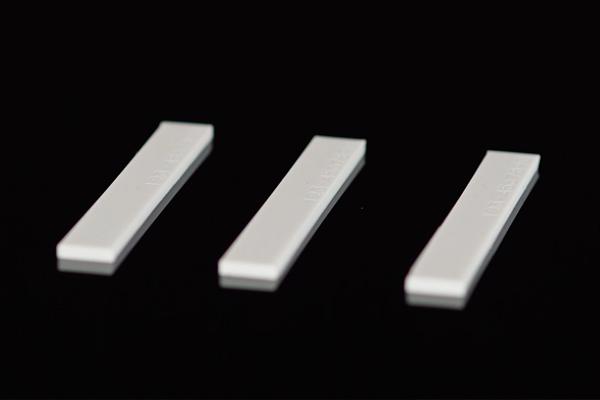Radio Frequency Identification (RFID) technology has become increasingly popular for business purposes. From tracking inventory in retail stores to managing laundry in industrial settings, RFID has revolutionized the way businesses track and manage their assets. In this beginner’s guide to how RFID works, let’s explore the basics of RFID and how it’s implemented in various industries.
What is RFID?
RFID technology is a wireless system that uses radio waves to communicate between an RFID tag and an RFID reader. The RFID tag is a small electronic device that contains a microchip and an antenna. The microchip stores data and the antenna allows the tag to transmit and receive radio signals.
When an RFID reader sends out a radio signal, the RFID tag within range responds by transmitting its data back to the reader. The reader then captures the transmitted data and sends it to a computer or other system for processing.
Passive vs. Active
There are two types of RFID technology: passive and active. Passive RFID tags do not have a battery and rely on the energy from the RFID reader’s signal to power the tag’s response. Active RFID tags use batteries and transmit their own signal, ensuring they can be read from longer distances.
The use of RFID technology is widespread in various industries, such as retail, logistics, healthcare, and manufacturing. Here are some examples of how RFID is being used to benefits different industries:
Retail
RFID technology tracks inventory and reduces theft in retail stores. RFID tags attach to products and are read by RFID readers at each stage in the supply chain, from shipping to eventual sale. This allows retailers to quickly and accurately track their inventory, reduce shrinkage, and improve their supply chain efficiency.
Logistics
RFID technology is used in logistics to track and manage shipments, allowing logistics companies to quickly and accurately track their shipments, reduce errors and delays, and improve their supply chain efficiency.
Healthcare
RFID technology is prevalent in healthcare to track medical equipment, supplies, and patient records. RFID tags and technology are typically attached to medical devices, such as IV pumps, and are interpreted by RFID readers to track their location and usage. Our RFID tags can also be used to track patient records, reducing the risk of errors and improving patient safety.
Manufacturing
RFID technology is useful in manufacturing for tracking and managing inventory and assets. This allows manufacturers to quickly and accurately track their inventory, reduce waste, and improve efficiency.
Positek RFID is Your #1 Solution for Inventory Tracking
RFID technology has profound impacts on each industry. As RFID technology continues to evolve, its reach will expand and play a vital role in every sector of business.
That’s why Positek continues to lead the charge in RFID technology, taking advantage of its benefits in creative ways that redefine the standards of what to expect in first-class inventory tracking systems.
Call us today at (610) 275-2905, or email us to learn more about how RFID can work for your business.

